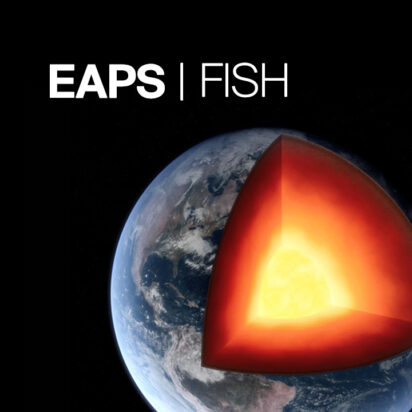
[ERL FISH] (CANCELED) Robert Viesca (Tufts)
Date: Friday, May 17, 2024 Time: 12:00 - 1:00pm Location: 54-915 | MIT Campus, Cambridge, MAThis talk has been canceled for 5/17 and will be rescheduled.
“Singular perturbation methods in fracture mechanics”
Fractures are regularly treated with a so-called small-scale-yielding approximation, which assumes the inelastic deformation of crack propagation is effectively unresolvable from the perspective of an observer of the entire crack. However, one may also zoom into the tip, on the scale of a plastic yielding process, and from this perspective it is the entire crack length that is unresolvable. This is one of the classic examples of a boundary layer problem. For discussions of fractures, this is often the end of that boundary-layer story.
Here we revisit this problem using singular perturbation techniques. We’ll begin by introducing the single equation governing simple cracks in two-dimensional or three-dimensional space. Our goal will be to solve this equation perturbatively for two examples, in which a boundary layer arises (i) at the crack tip and (ii) in the interior of the crack. We’ll proceed as one might for classical perturbations of ordinary/partial differential equations, while addressing peculiarities that arise in fracture, in which the governing equation is an integro-differential one.
Example (i) will consider crack-yielding as the breakdown of a cohesive zone, using the canonical Dugdale-Barenblatt cohesive zone crack. We’ll separate this problem into so-called inner and outer problems, corresponding to the crack-tip and entire-crack, respectively. We’ll show how matching these solutions to leading order is equivalent to matching the energy release rate of a small-scale-yielding crack to the fracture energy implied by decohesion. We’ll briefly examine higher-order inner/outer solutions, show how one may interpret these solutions physically, and demonstrate the improvement in approximating an exact solution.
Example (ii) will consider a shear crack with constant friction coefficient, driven by the injection of fluid that reduces the effective normal stress, but does not induce opening. Here, rupture propagation proceeds away from the injection point, and this growth can rapidly outpace the migration of fluid. In this case, the boundary layer is located not at the crack tip, but in the interior of the crack domain. We’ll highlight aspects of the perturbative solutions to this problem in both two- and three dimensions and show comparisons with full numerical solutions of fluid-driven fractures.
About our speaker: Robert C. Viesca is an associate professor at Tufts University. His research interests lie at the intersection of geophysics, applied math and mechanics, with a focus on friction, fracture, and earthquake source processes.
[FISH] Friday Informal Seminar Hour – Earth Resources Laboratory
Postdoc-run seminar series within the Earth Resources Laboratory (ERL). Features talks by ERL members as well as special guests from academia and the energy industry on topics including geothermal energy, carbon sequestration, machine learning for geophysics, multiphase flow, subsurface imaging, and uncertainty quantification.
Contact: fish_seminar_organizers@mit.edu
